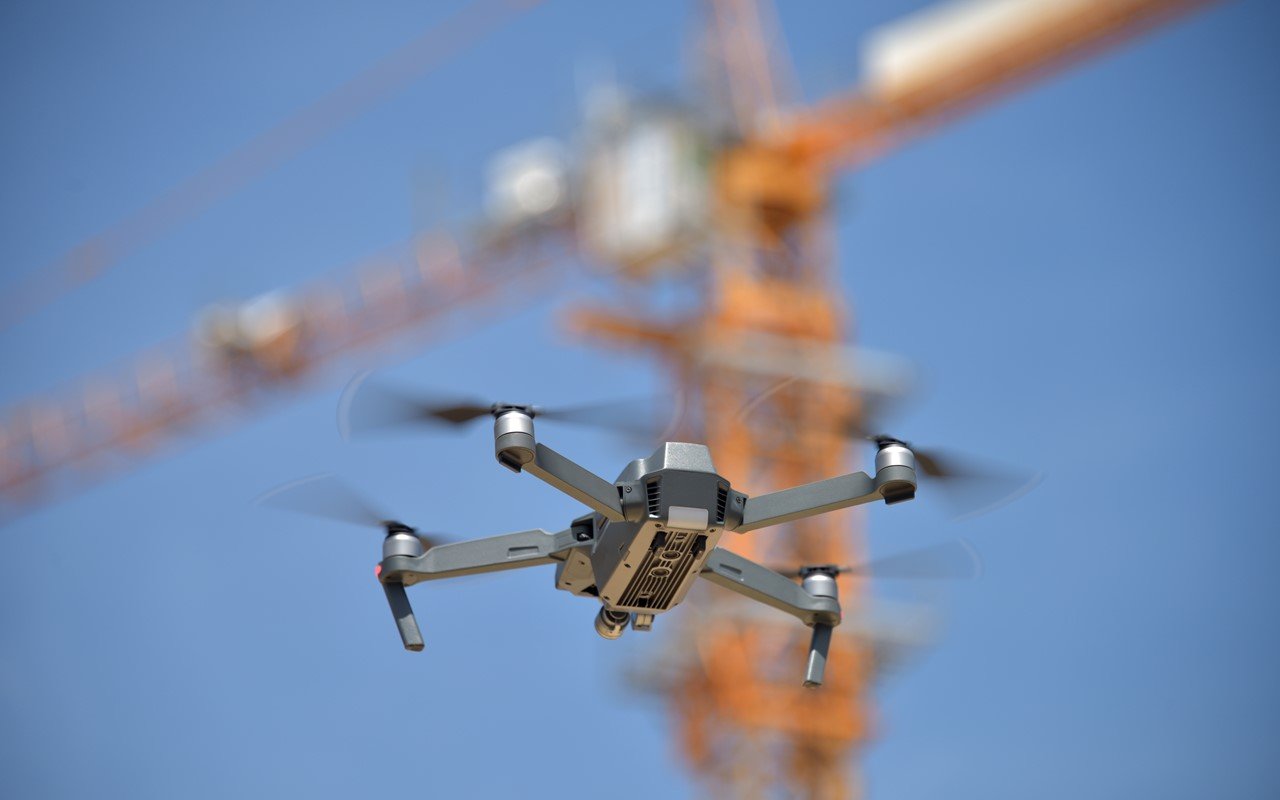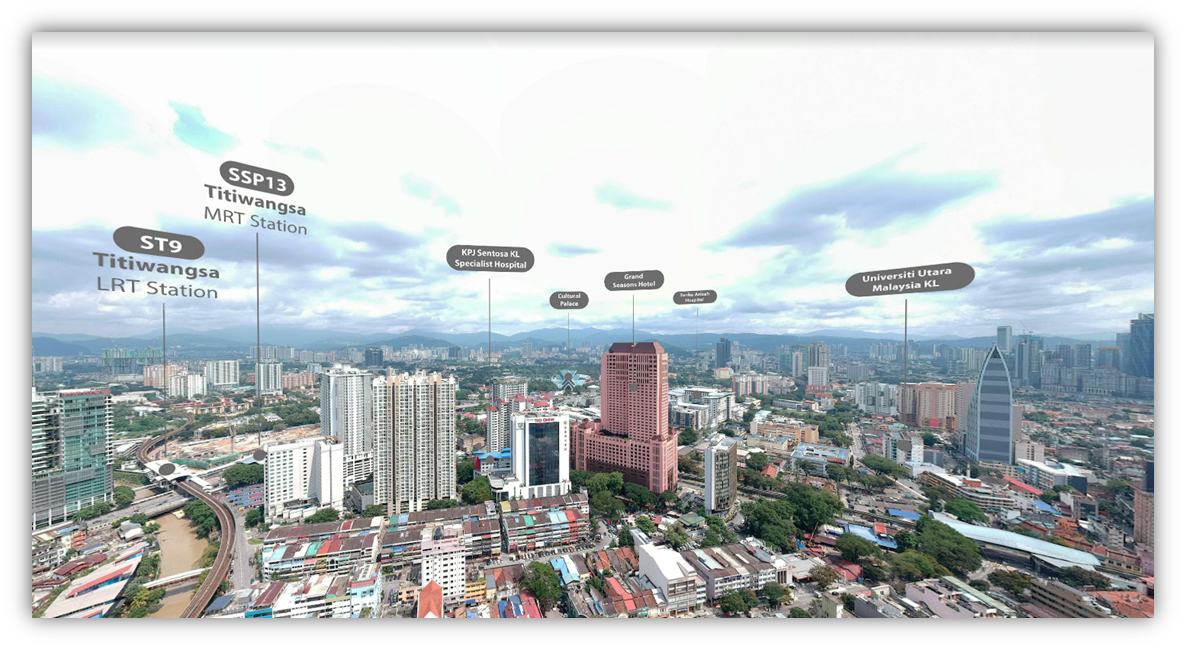How does drones help the construction industry?
Andrew Chong • 2024-04-03
Discover how drones are revolutionizing the construction industry, enhancing site surveying, progress monitoring, structure inspection, safety, and marketing. This article delves into the multifaceted benefits of unmanned aerial vehicles (UAVs), offering insights into their growing importance for improving efficiency, accuracy, and safety on construction sites.
Drones, or unmanned aerial vehicles (UAVs), are quickly becoming an essential tool in the construction industry. These flying devices equipped with cameras and sensors can provide valuable data and insights, improving safety, efficiency, and accuracy on construction sites. In this article, we will explore the ways in which drones help the construction industry.
- Site Surveying and Mapping Drones can create detailed maps and 3D models of construction sites quickly and accurately. With high-resolution cameras and sensors, drones can capture images of the site and collect data on the terrain, topography, and vegetation. This information can be used to identify potential hazards, assess the feasibility of the project, and plan the layout of the site. Surveying with drones is faster and safer than traditional methods that require workers to be physically present on the site.
2. Monitoring Progress Drones can capture images and videos of construction sites at regular intervals, providing real-time monitoring of the project’s progress. This allows project managers to identify delays, track the movement of materials, and monitor the work of subcontractors. By providing a bird’s eye view of the site, drones enable project managers to have a better understanding of the project’s overall status and make informed decisions accordingly.
3. Inspecting Structures Drones equipped with thermal cameras and sensors can inspect structures and identify potential issues such as leaks, cracks, and other defects. This can save time and money compared to traditional methods that require workers to use scaffolding or cranes to access the building’s exterior.
4. Improving Safety Drones can reduce the risks associated with construction site inspections and monitoring. Workers no longer need to climb ladders or scaffolding to inspect structures, reducing the risk of falls and other injuries. By providing a safe and efficient way to inspect structures and monitor progress, drones can improve overall safety on construction sites.
5. Enhancing Marketing and Communication Drones can provide stunning aerial footage and images that can be used for marketing and communication purposes. Clients and investors can be given a virtual tour of the site, showcasing the project’s progress and the quality of work. This can help improve communication between project managers, clients, and investors and promote the project to a wider audience.
In conclusion, drones are transforming the construction industry by providing valuable data and insights that improve safety, efficiency, and accuracy on construction sites. The use of drones has become increasingly popular in recent years and is likely to continue to grow as the technology advances. As the construction industry faces ongoing challenges and demands for faster and more efficient construction, drones will undoubtedly play a vital role in meeting those demands.




